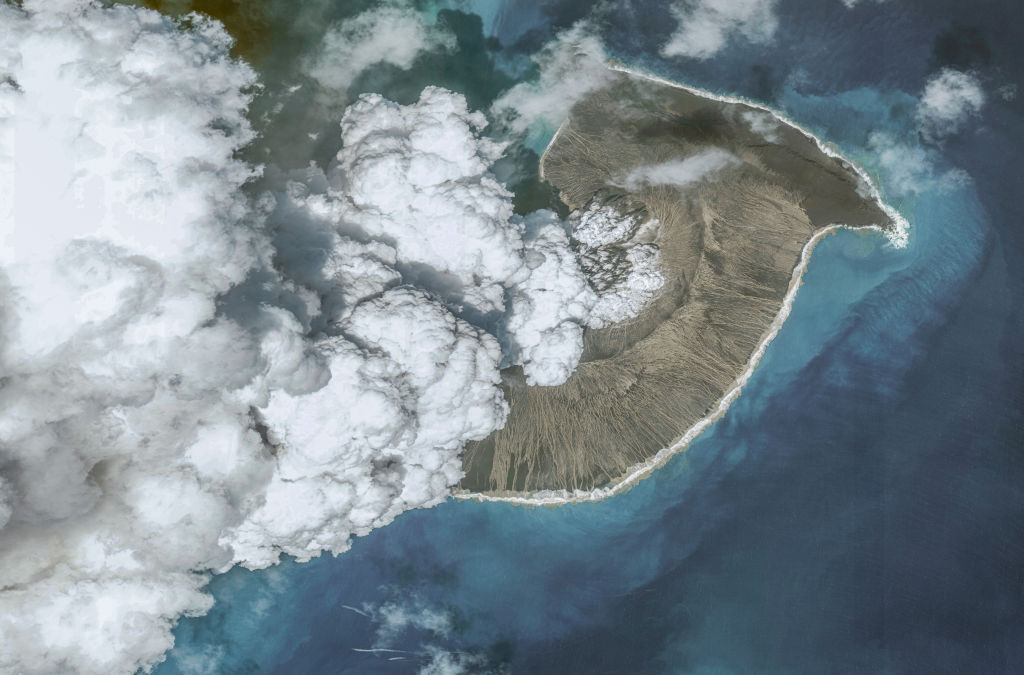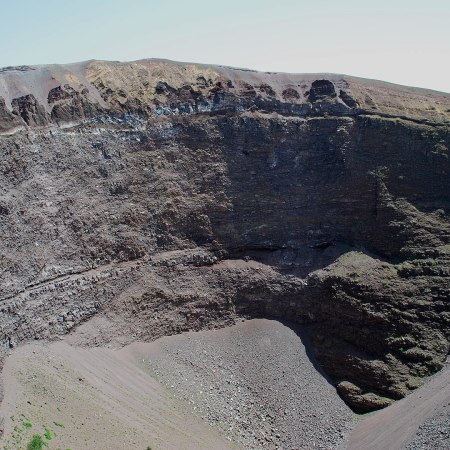In January, the Hunga Tonga-Hunga Ha’apai underwater volcano erupted in a massive fashion, causing deaths 6,000 miles away in Peru. The eruption damaged underwater cables used by the internet and dumped a significant amount of ash on the island nation of Tonga, leading to a number of crises there.
In the aftermath of the eruption, scientists learned more about its effects in both the short and long term. A New York Times article published in the days that followed asked an unnerving question: could this eruption end up having a significant effect on global temperatures, as the 1883 eruption of Krakatau did?
Now, even more details about the eruption are coming to light, and scientists can now say that it set a record in at least one way: the volcano sent ash 36 miles up into the atmosphere. As a Washington Post article pointed out, this is the highest recorded point for ash — and it reached a higher point than many scientists believed was even possible.
At the time of the explosion, NASA described it as “likely the highest plume in the satellite record.” Multiple satellites provided the data that was used to calculate the height of the plume. By comparison, the 1991 eruption of Mount Pinatubo sent a plume 22 miles above the Earth.
For those seeking a point of comparison: Felix Baumgartner’s 2012 “leap of faith” was done from a height of 23 miles. The mind boggles.
Thanks for reading InsideHook. Sign up for our daily newsletter and be in the know.


















